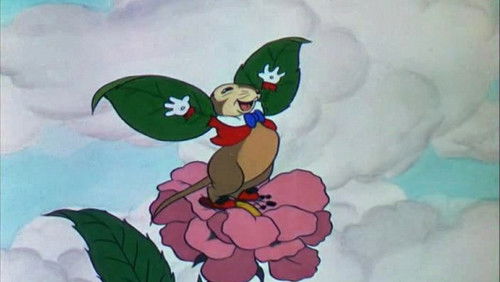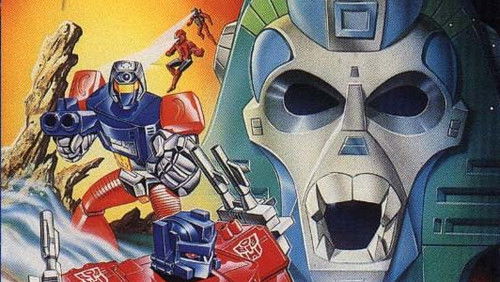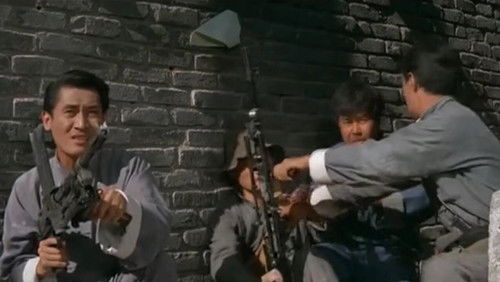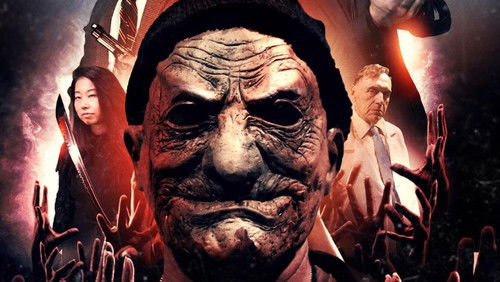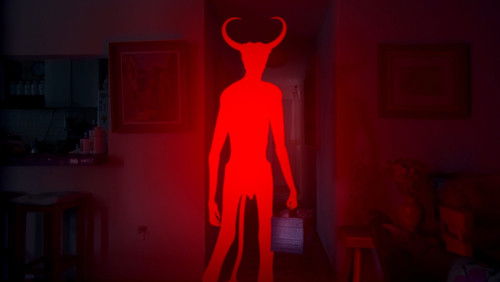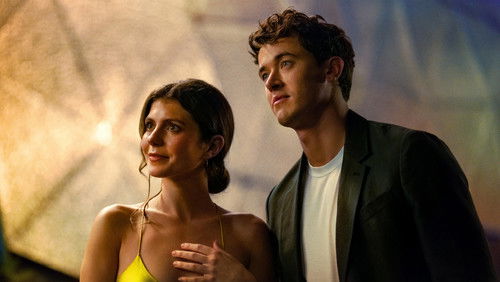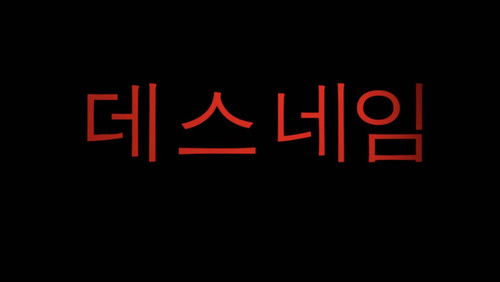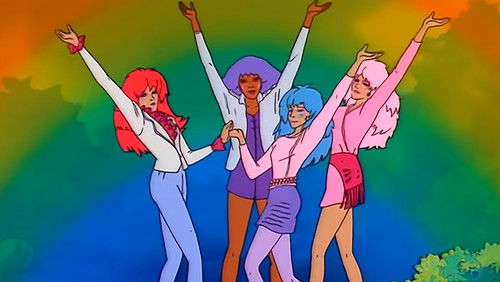"American Experience" Walt Disney – Part 1 (TV Episode 2015)
15K"American Experience" Walt Disney – Part 1 (TV Episode 2015). Walt Disney – Part 1: Directed by Sarah Colt. With Oliver Platt, Walt Disney, Richard Schickel, Don Hahn. A look at Walt Disney's career from early films to Disneyland to ideas for a new community (EPCOT) that was not realized before his death. A great insight into his motivations and values.
“u0026quot;American Experience: Walt Disneyu0026quot; is a two-part four-hour documentary about the life and career of Walt Disney–animator, entrepreneur, visionary. It takes a pretty standard approach to its subject, mixing contemporary interviews with various talking heads (biographers, academics, Disney animators) with plentiful archival footage of its subject from a period of over 40 years, along with clips from numerous Disney productions. While the piece is not exactly a paean to Disney and certainly does not emanate from the Disney Studio publicity machine, itu0026#39;s not a wholesale attack on him either. It does offer a critical look at Disneyu0026#39;s relationship with his staff and his sometimes contentious relationship with his brother Roy, who was also his business partner and the one who oversaw the studiou0026#39;s financial health. Walt had a vision and he sought to bring it to reality come hell or high water, the banks and unions be damned. One can admire his technical accomplishments and revel in the breathtaking artistry of his most significant works, but still take a jaundiced look at the way Disneyu0026#39;s output, from his animated features to his TV shows and theme parks, watered down the complexity of human life and history and polished down the rough edges to promote a glossy worldview of a middle-class, racially homogeneous society with conservative values and idealized standards of beauty.u003cbr/u003eu003cbr/u003ePart 1 offers an abundance of footage from Disneyu0026#39;s early days in Kansas City, including clips from his earliest cartoons (u0026quot;Laugh-o-gramsu0026quot;) and pictures of him and his partners (including Ub Iwerks) at work. It follows him to California and his efforts to find a distributor for his films and create his own company. He had numerous setbacks, including losing the rights to his character, Oswald the Rabbit, but he persevered and found worldwide success with Mickey Mouse and Silly Symphonies. Eventually, Part 1 settles on the creation of SNOW WHITE AND THE SEVEN DWARFS (1937) and the extraordinary risks Disney took in crafting a feature-length animated film and the expenses incurred. We even see footage of its Hollywood premiere and get a blow-by-blow account of the audience reaction, one of the best sequences in the whole documentary. Disney then plunges into PINOCCHIO, FANTASIA and BAMBI, despite the impending world war and the eventual loss of the lucrative European market.u003cbr/u003eu003cbr/u003ePart 2 opens with the 1941 strike that imperiled the studio and Disneyu0026#39;s angry break with animator Art Babbitt, one of the leaders of the strike. (Babbitt eventually went back to work for Disney, a fact that goes unmentioned in the documentary.) SONG OF THE SOUTH (1946) is covered, along with the backlash by the NAACP against its treatment of racial themes, and some attention is given to Disneyu0026#39;s testimony as an anti-communist u0026quot;friendly witnessu0026quot; before the House Un-American Activities Committee. In the 1950s, Disney becomes increasingly obsessed with model railroads (encouraged by one of his top animators, Ward Kimball) and even builds one on his property thatu0026#39;s large enough for Disney and various child visitors to ride around on, seen in ample home movie footage. The next big focus is Disneyland and Waltu0026#39;s efforts to design and build it and open it on schedule. Numerous minor disasters disrupt the opening day and these extend to the celebrity-packed live TV broadcast of the dayu0026#39;s festivities, seen in lots of footage preserved from the event. Disneyland occupies most of Part 2 before the focus shifts to MARY POPPINS (1964), the subject of the 2013 Disney feature, SAVING MR. BANKS (unmentioned here), the plans for EPCOT and, finally, Disneyu0026#39;s death.u003cbr/u003eu003cbr/u003eThe talking heads include at least four authors whou0026#39;ve written books about Disney, some critical, some favorable: Richard Schickel, Neal Gabler, Michael Barrier, and Steven Watts. Their insights are always welcome and will hopefully propel viewers to read their books. (Iu0026#39;ve read two of them and have acquired a third.) There are a number of academics who contribute their thoughts, although I could have done without most of them. There is one African-American female art historian, Carmenita Higginbotham, who weighs in on the SONG OF THE SOUTH controversy. While sheu0026#39;s critical of Disney on that issue, she actually offers a number of favorable assessments of other aspects of Disneyu0026#39;s work throughout the documentary, all delivered with a refreshing degree of enthusiasm and affection.u003cbr/u003eu003cbr/u003eFinally, I was very pleased to hear from a trio of Disney animators and designers who had worked with Disney in the 1930s and are still around to talk about it: Ruthie Thompson, Don Lusk, and Robert Givens. (Don Lusk is over 100 at this point—and didnu0026#39;t look a day over 80!) Which begs the question of why there wasnu0026#39;t more footage of interviews from past documentaries about Disney. u0026quot;Frank and Ollieu0026quot; from 1995, for instance, offered profiles of two of Disneyu0026#39;s famous u0026quot;nine old men,u0026quot; Frank Thomas and Ollie Johnston. Ward Kimball was interviewed on several occasions and heu0026#39;s prominently featured along with other veteran Disney personnel in u0026quot;It All Started with a Mouse: The Disney Storyu0026quot; (1989), which Iu0026#39;ve also reviewed on this site and which had amazing behind-the-scenes footage from the 1930s and u0026#39;40s that would have been useful in this documentary. I also wondered where Leonard Maltin was. Why wasnu0026#39;t he interviewed for this? He certainly knows as much about Disney as any of the featured interviewees. Is he too closely tied to the Disney Company and was he ordered not to participate? Or did the filmmakers simply not approach him? In any event, Disney remains one of the most fascinating entertainment figures of the 20th century and he left a huge footprint on American culture. Heu0026#39;s one of the few film and TV industry pioneers who is still widely known among young people. This two-parter is well worth seeing by anyone whou0026#39;s interested in Disney, although Iu0026#39;m sure there is enough footage and material for a whole documentary series on him that I hope will one day emerge.”
